BOARD GAME PRODUCTION
MONDAYS & WEDNESDAYS
5 PM PT / 8 PM ET
18 FEB 2026 - 30 MAR 2026
DURATION:
6 WEEKS
MONDAYS & WEDNESDAYS
5 PM PT / 8 PM ET
Roll for skills. Learn to design the next board game everyone wants on their table.
Led by Emerson Matsuuchi — creator of Century and Foundations of Rome, with $2M+ raised on Kickstarter — this course gives you the tools to craft, refine, and pitch your own game from concept to prototype.
THIS COURSE IS FOR YOU, IF...
-
YOU ARE AN ASPIRING GAME DESIGNER OR SMALL PUBLISHER
You’ve got a killer game idea, but no clue what comes after the brainstorming. Gain the full, beginner-friendly roadmap: from first draft to prototype, from figuring out costs to pitching like a pro. By the end, you’ll understand the process, the lingo, and exactly how to turn your idea into something real and playable.
-
YOU ARE A GRAPHIC DESIGNER OR ILLUSTRATOR
You’ve nailed the art, now you want to master the experience. We’ll help you connect visuals with gameplay, teaching you how to design intuitive components, work within production limits, and make your work shine in the hands of players. Plus, you'll learn how to present your work to publishers and game devs.
-
YOU ARE A WRITER OR STORYTELLER
You’ve got worlds to build, but how do you make them playable? This board game design course helps you weave story into structure, showing you how to align narrative with mechanics and create games that players feel. You’ll finish with a compelling, pitch-ready concept built on story-first design.
-
YOU ARE AN ENTREPRENEUR OR BUSINESS PROFESSIONAL
You've got the drive, but the logistics are a black box. We’ll break down manufacturing, crowdfunding, and market positioning into clear, actionable steps. You'll learn how to scale production, avoid costly mistakes, and bring a game to market that players love and backers fund.
Our students work in 1600+ companies worldwide
From the first class, you're not just taking notes, you're building a game. You'll map out design strategies, explore mechanics, playtest prototypes, and practice pitching. Every assignment gets you one step closer to a market-ready title.
Deconstruct genre-defining games like Dominion, Ticket to Ride, and Dungeons & Dragons to see what makes them work. Learn how the best designers in the industry build gameplay that lasts and how to adapt their tricks to your own projects.
Your endgame: a pitchable production plan. Polished prototype, slick sell sheet, and a 5-minute pitch that tells publishers and backers why your game deserves the spotlight. Whether you’re crowdfunding or pitching directly, you’ll be ready.
Emerson Matsuuchi
LinkedIn Profile- Award Winning Game Designer and President at Nazca Games Inc.
- Created blockbuster titles like the Century series and Foundations of Rome, collectively raising over $2 million on Kickstarter and earning global recognition.
- Collaborated with top publishers in the industry, including Plaid Hat Games, Plan B, Arcane Wonders, Pandasaurus, Trick or Treat Studios, CMON, and more.
- Designed acclaimed licensed games, such as Halloween (1978), Halloween II (1981), and Metal Gear Solid: The Board Game, with more IP-based releases on the way.
- Leads game design workshops at conventions and teaches game design courses at New York University — ranked among the top U.S. institutions for game design.

Before we embark on your quest, meet your instructor (and party leader), discover the path ahead, and prepare your scrolls (assignments). Your journey starts here.
- Meet your instructor
- Course structure
- Assignments & final project
Time to step into the world you’re about to shape. This session introduces the terminology, tools, and terrain of board game design. You’ll explore product types, markets, and software — and start connecting your personal inspirations to your concept.
- Terminology & concepts
- Product categories
- Board game market
- Software & platform options
- WORKSHOP: In groups, share a game that has influenced your original concept. Discuss how it inspired your current design.
Do you lead with theme, mechanics, or experience? In this class, you’ll explore different paths through the design forest and stake your flag on your personal approach.
- The design process
- Product vision
- Defining target audiences
- Theme, mechanics, or experience first
Assignment #1: Design Approach
Determine if your idea is Theme first, Mechanics first, or Experience first. Explain why.
Time to roll up your sleeves and delve into the gears that make games tick. Explore popular mechanics, how to innovate within them, and how components like dice and cards shape experience.
- Popular mechanics
- Exploring design space
- Innovation & challenges
- Component mechanics
Assignment #2: Game Vision Statement
Craft a clear vision for your game — include the core feeling, the hook, and who it’s for.
Every adventurer remembers how a game felt. Discover how to create tension, deliver surprise, and spark decision-making dilemmas through narrative and conflict.
- Conflict
- Uncertainty, inevitability, tension
- Meaningful decisions
- Themes & narratives
Assignment #3: Game Themes
Brainstorm 3 bold, varied themes for your design — the more distinct, the better.
Summon your first prototype! Class 5 shows you how to make early versions that actually work — and look good doing it. Discover how to match form to function and how design supports play.
- Building prototypes
- Form follows function
- Component considerations
- Visual design & iconography
Assignment #4: Tabletop Simulator Implementation
Implement your prototype in Tabletop Simulator.
Your prototype faces the world. Plan your first playtests, extract critical feedback, and tweak your game for balance and fairness — all while dodging overpowered strategies and feedback traps.
- Planning & conducting sessions
- Feedback & iteration
- Balance fundamentals
- Catchup mechanics
- Dominant strategies & feedback loops
Assignment #5: Prototype Playtesting
Playtest in groups, gather feedback, and write your action plan for improvement.
Dig into the minds of your players. Learn why randomness excites, why loss aversion matters, and how clever design can frame decisions in just the right way.
- Key concepts
- Understanding odds
- Randomness vs uncertainty
- Loss aversion
- Variable Ratio Payout schedule
- Case Study: Framing - World of Warcraft
You’ve got the game — now let’s sell the dream. From sell sheets to pitch decks, learn how to impress publishers and partners with clarity, confidence, and killer presentation tools.
- What is a sell sheet
- Creating prototypes to pitch
- Writing effective rules
- Tailoring your pitch
- Pitch deck or pitch video
- Utilizing digital tools
Assignment #6: Sell Sheet
Identify the type of publisher you are targeting and create a sell sheet for your design.
Peek behind the curtain of the industry. From production pipelines to profit margins, class 9 breaks down the entire journey from pitch to retail shelf.
- Board games landscape
- Cost structure
- Logistics chain
- Pricing and profit margins
- From pitch to store shelves
- Roles in the industry
You’ve got your contract, now what? Demystify the legal and collaborative aspects of working with publishers, artists, and IPs. Expect wisdom from someone who's been there.
- Licensing agreements
- Clauses & considerations
- Working with IPs
- Working with developers
- Working with artists & graphic designers
Assignment #7: Game Pitches
Get together into groups of 3-4 and pitch your game. Each pitch should be no more than 5 minutes. Critique each other’s pitch.
You made a great game. Now get it noticed. Learn how to build buzz through online presence, influencer outreach, and community engagement.
- Developing a strategy
- Building an online presence
- Working with influencers and reviewers
- Conventions & game events
Forge your own path! This session dives into self-publishing realities, including manufacturing, quality control, and shipping — plus how to run a Kickstarter that doesn’t crash and burn.
- Identifying and researching manufacturers
- Manufacturing standards and processes
- Material selection and costing
- Quality control procedures
- Shipping and logistics
- Crowdfunding platforms
Final Assignment: Game Plan
Bring it all together with a polished sell sheet, a playable prototype, and a pitch that’s ready to wow.
What our students say

"I really enjoy the format of the course. Lectures with real life examples and an ongoing case study. Also built in 20 minutes at the end of each class for questions is helpful."

"Overall I'm impressed with the level of detail and explanation around particular topics and subjects. There's a real depth to each module which for learning allows the information to stay in your brain."

"The group activities, they allow us to interact and exchange ideas, plus the way it is structured is challenging and mind twisting as we collaborate in different parts of the ideation."

"I enjoyed the structure of the class. I like how we learned about a topic and practiced it in the workshops. It’s helped me to apply what I learned!"



